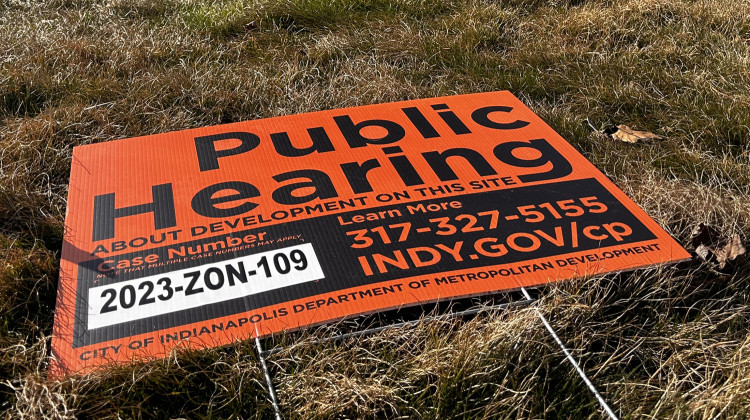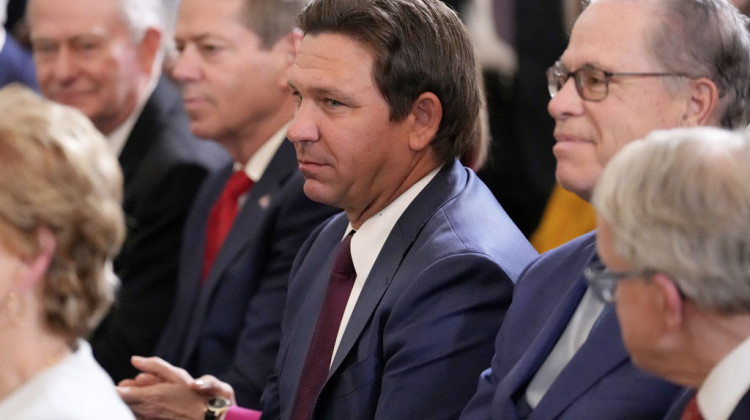As another school year comes to an end, thousands of high school seniors throughout Indiana will walk across the stage to accept the coveted high school diploma.
Countless experts and studies say once students are awarded that piece of paper, they open themselves up to college and career opportunities that might not have been available to them otherwise.
What that diploma looks like – or more accurately, what those diplomas look like –could soon change. Indiana is poised to change the diploma requirements for students, beginning with the class of 2022 (those students entering high school in the 2018-19 school year).
Changes would be made based on a proposal from the Core 40 Subcommittee, a subset of the Indiana Career Council made up of various stakeholders from the business, K-12, higher education, school administration and other communities. The General Assembly established the group in 2014 and charged them with making recommendations to the State Board of Education.
Right now, Indiana offers students their choice of four diplomas:
- General
- Core 40
- Core 40 with Academic Honors
- Core 40 with Technical Honors
The General Assembly made completion of Core 40 a graduation requirement for all students, beginning with those who entered high school in the fall of 2007. Parents can opt their students out of the requirement, if they think their student could “receive a greater benefit” from the General diploma.
Core 40 is currently the minimum college admission requirement for all of Indiana’s public four-year universities.
The subcommittee, headed by both state superintendent Glenda Ritz and commissioner of higher education Teresa Lubbers, recommends continuing with only three diplomas:
- College and Career Ready (CCR) diploma, which will replace the Core 40 diploma
- Indiana Honors diploma, in place of Academic Honors
- Workforce Ready diploma, to replace the General diploma
As they are drafted, not every local school district is required to offer every type of diploma.
The CCR diploma changes some course requirements from the Core 40 diploma, perhaps most obviously increasing the minimum number of required credits from 40 to 44. Students working toward a CCR diploma would also be required to take a sequence of “College and Career Readiness” courses, including a Personal Financial Responsibility class and a graduation capstone experience, such as career & technical education courses or early college credits.
Students pursuing an Indiana Honors diploma would need to complete a minimum of 48 credits, as opposed to the 47 currently required for Academic Honors. Those students would need to meet all CCR requirements, earn a cumulative GPA of at least 3.0 on a 4.0 scale, receive at least a “C” in all courses and complete at least two additional experiences from a list of advanced options.
Similar to those earning the General diploma, graduates would only need 40 credits to complete the Workforce Ready diploma. What changes is the math requirement for these students: six credits instead of four, and students must take a math course during each year of high school. Workforce Ready grads would also have to complete a graduation capstone aligned with their chosen career path.
The subcommittee recommends the CCR diploma become the default track for all Indiana students. The Workforce Ready option would require parental consent and school principal certification.
The Indiana Department of Education is currently seeking public comment on the committee’s recommendations. Comments may be submitted through a survey available on the IDOE website through June 30.
As of 2013, Indiana’s high school graduation rate sat at 87 percent – the seventh-highest rate in the nation, according to the National Center for Education Statistics.
NPR’s national education team is taking a deep-dive into graduation requirements across the country this week. They point out that these rates differ because states differ in how they determine readiness at the end of high school:
The nation’s high school graduation rate is at an all-time high — 81 percent. It was such big news, President Obama touted it in his State of the Union address.
So what’s the truth behind this number? Our months-long investigation into how states are raising their rates…found a mix of the good, the bad and the ambiguous: In some places, questionable quick fixes like mislabeling dropouts or sliding them off the books; elsewhere, powerful long-term strategies to help struggling students make it.
That 81 percent, it’s a complicated number and every state is different.
Currently, twenty-one states offer more than one diploma option for students.
Rachel Morello is a reporter with StateImpact Indiana, a collaboration of Indiana Public Broadcasting stations to explain the effects of state education policy on people's lives. Contact Morello at rmorello@indiana.ed or follow on Twitter: @morellomedia.
 DONATE
DONATE







 Support WFYI. We can't do it without you.
Support WFYI. We can't do it without you.